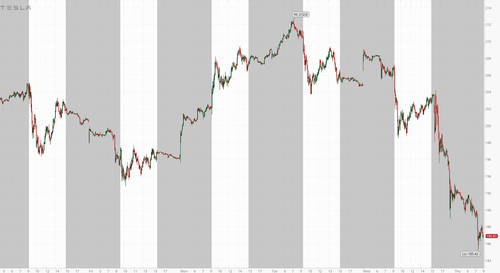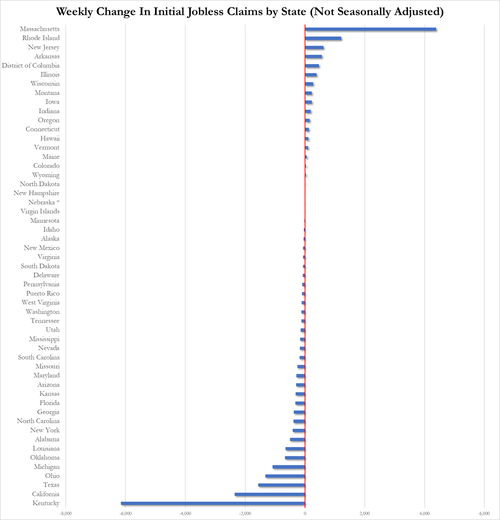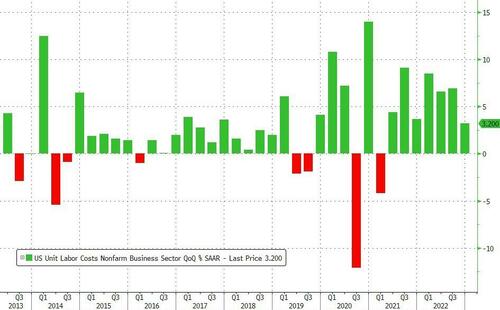Does the artificial sweetener erythritol cause heart attacks and strokes? That’s the tenor of a spate of reporting on a new study published this week in the journal Nature Medicine. But there are numerous reasons to be cautious about drawing conclusions from the study’s purported findings.
The researchers report that “in patients undergoing cardiac risk assessment…circulating levels of multiple polyol sweeteners, especially erythritol, were associated with incident (3 year) risk for major adverse cardiovascular events,” including heart attack, stroke, and death. Erythritol—”one of the most widely used artificial sweeteners with rapidly increasing prevalence in processed and ‘keto’-related foods”—was “among the very top” molecules associated with these tragic outcomes.
“Subsequent analyses of stable patients undergoing elective cardiac evaluation confirmed this association,” with patients with the highest levels of circulating erythritol in their blood more likely to have cardiovascular disease and more likely to experience major adverse cardiovascular events. “Compared to participants in the lowest quartile of erythritol levels, those in the highest quartile had a substantially increased incident event risk in both” U.S. and European cohorts, the study states.
“The degree of risk was not modest,” lead study author Stanley Hazen, director of the Center for Cardiovascular Diagnostics and Prevention at the Cleveland Clinic Lerner Research Institute, told CNN—one of many major media outlets to report (uncritically) on the study’s findings. CNN summed it up like this: “People with existing risk factors for heart disease, such as diabetes, were twice as likely to experience a heart attack or stroke if they had the highest levels of erythritol in their blood.”
That sounds bad, right? But let’s dig a little deeper.
The first issue to jump out here is that all of the people studied already had metabolic issues of some sort. So it’s at least unclear that these results would generalize to populations without these issues.
Another red flag (raised by a neurobiology Ph.D. student on Twitter) is that the people in the highest quartile of erythritol levels look quite different than the people in the lowest quartile. In the first part of the study, for instance, those in the lowest quartile had an average age of 59.8, while those in the highest quartile had an average age of 70.2. The highest quartile had about a point heavier BMI, was less likely to be male, and was significantly more likely to have diabetes (36.7 percent versus 14.8 percent in the lowest quartile). They were more likely to have a history of heart attack and heart failure, and had significantly higher blood triglyceride levels, among other things. And similar differences can be seen in the U.S. and European study cohorts.
The researchers say they adjusted for these factors. But it’s difficult to adjust for such a wide range of differences and all the complex metabolic processes that they entail.
Perhaps the biggest issue in the study—noted by University of Oxford researcher Nicola Guess—is that human bodies produce some erythritol naturally, and yet the researchers didn’t control for endogenous versus exogenous erythritol.
Like cholesterol, the amount of erythritol in the body doesn’t directly correspond to erythritol consumed. Exogenous erythritol—which comes from our diet—is what all the reports on this study are concerned with. (For instance: “Study Suggests Possible Link Between Sugar Substitute and Heart Issues,” reported The New York Times in a typical headline about the study.) Endogenous erythritol is a molecule produced internally.
But the researchers in this study did not tease out how much circulating blood erythritol came from each source, leaving open the possibility that a) it’s not only or even mostly consumption of erythritol as a sugar substitute that led to high erythritol levels in the cohort with the worst outcomes and b) it’s not only or even mostly consumption of erythritol as a sugar substitute that is linked to higher instances of heart attack, stroke, and death.
It still could be—but we certainly can’t tell that from this study. And there’s good reason to suspect that naturally produced erythritol here is the more likely suspect.
“Erythritol is produced in the body via the pentose phosphate pathway (PPP), a process which might be upregulated by oxidative stress,” explained Guess. That is, oxidative stress—itself a major cause of health issues including cardiovascular problems—can lead to increased production of endogenous erythritol.
“In fact, [as far as I know], serum erythritol is somewhat recognised as an early, general marker of cardiometabolic dysfunction,” Guess continued.
This recognition that blood erythritol levels can cause problems predates the new study. “Serum erythritol is a predictive biomarker of chronic disease development and complications,” according to a 2021 paper published in the journal Current Developments in Nutrition.
A 2020 study published in Clinical Nutrition and Metabolic Care states that “elevated serum erythritol predicts future central adiposity gain and type 2 diabetes mellitus in healthy adults.” It points out that “erythritol is a newly recognized human metabolic product of glucose, synthesized through the pentose phosphate pathway.”
This pathway is stimulated by a range of things that can also lead to major adverse cardiac events, making the idea that dietary erythritol is the main cause of elevated serum erythritol and adverse outcomes suspect.
This isn’t to say that dietary erythritol definitely doesn’t or couldn’t contribute to problems. And the researchers in the Nature Medicine study perform a few more experiments that they say demonstrate this (though Guess also points out potential flaws in these). But much more (and better) research is needed before we sound any major alarms about erythritol consumption.
FREE MINDS
Is teen mental health tied to politics? Matthew Yglesias explored research suggesting that liberal teens are more depressed than their conservative counterparts:
But I want to talk about…a 2021 paper by Catherine Gimbrone, Lisa Bates, Seth Prins, and Katherine Keyes titled “The politics of depression: Diverging trends in internalizing symptoms among US adolescents by political beliefs.” The CDC survey doesn’t ask teens about their political beliefs, but Gimbrone et. al. find not only divergence by gender, but divergence by political ideology. Breaking things down by gender and ideology, they find that liberal girls have the highest increase in depressive affect and conservative boys have the least. But liberal boys are more depressed than conservative girls, suggesting an important independent role for political ideology.
I think the discussion around gender and the role of social media is an important one. But I also don’t believe that liberal boys are experiencing more depression than conservative girls because they are disproportionately hung up on Instagram-induced body image issues — I think there’s also something specific to politics going on.
Some of it might be selection effect, with progressive politics becoming a more congenial home for people who are miserable. But I think some of it is poor behavior by adult progressives, many of whom now valorize depressive affect as a sign of political commitment. The thing about depression, though, is that it’s bad. Separate from the Smith/Levitz project of arguing about recent political trends, I think we need some kind of society-level cognitive behavioral therapy to convince people that whatever it is they are worried about, depression is not the answer. Because it never is.
More here. (See also: Don’t be a doomer.)
FREE MARKETS
The outsize role of immigrants in U.S. innovation. A new paper from the National Bureau of Economic Research (NBER) finds “immigrant inventors are key contributors to innovation in the United States, both through their direct productivity and through the spillover effects of their work with native-born collaborators,” as an NBER summary puts it:
While accounting for just 16 percent of all US-based inventors, immigrant inventors produce nearly a quarter of total innovation output as gauged by the number of patents and patent citations and the economic value of the patents.
Looking at data on immigrant inventors between 1990 and 2016 (with immigrants defined as people who got a Social Security number at age 20 or later), they found that “immigrants produced 23 percent of all patents over the study period.” In addition, immigrants “collaborated with native-born inventors on 13 percent of all patent filings, so they were either directly or indirectly responsible for 36 percent of US patent output during the study period.”
You can find the full paper (“The Contribution of High-Skilled Immigrants to Innovation in the United States”) here.
QUICK HITS
• The American Civil Liberties Union is launching a new initiative dedicated “to help[ing] those facing prosecution for providing, supporting, or seeking abortion care.”
• A new report looks at “how the war on sex work is stripping your privacy rights.”
• “Last month, Boulder County spent the first of what it hopes will be millions of dollars for the treatment and prevention of drug addiction, courtesy of lawsuits against the drug manufacturers, distributors and pharmacies that helped fuel America’s opioid epidemic,” notes Boulder Beat. “Among the spending was money for controversial yet widely used technology to gain access to locked cell phones and computers.”
• The encrypted messaging app Signal says it will stop providing U.K. services if the country’s proposed Online Safety Bill passes.
The post Be Skeptical of the New Artificial Sweetener Scare appeared first on Reason.com.
from Latest https://ift.tt/T1Ehgtm
via IFTTT













